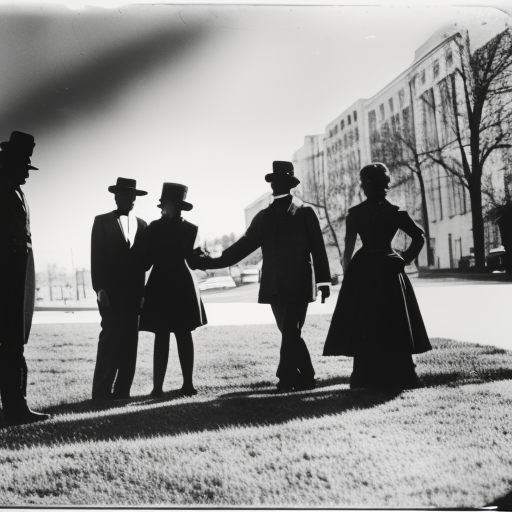The Specie Circular (1836)
The Specie Circular was an executive order issued by President Andrew Jackson in 1836, which required payment for government land to be made in gold or silver rather than paper currency. This policy was implemented in response to the economic instability caused by rampant speculation and the excessive issuance of paper money by state-chartered banks. The Specie Circular aimed to curb inflation, stabilize the economy, and protect the value of the United States’ currency.
Background:
During the early 19th century, the United States experienced a period of rapid economic growth and westward expansion. This expansion led to a surge in land speculation, with many individuals and businesses purchasing large amounts of land with the expectation of selling it at a higher price in the future. To finance these land purchases, individuals often borrowed money from banks, which in turn issued paper currency as loans.
The Panic of 1837:
The Specie Circular was issued in the midst of an economic crisis known as the Panic of 1837. This crisis was triggered by a series of events, including the failure of several major banks, the decline in international trade, and the bursting of the speculative land bubble. As a result, many banks and businesses faced financial difficulties, and unemployment rates soared.
Implementation of the Specie Circular:
The Specie Circular mandated that all payments for government land be made in gold or silver coins, rather than paper currency. This policy aimed to restrict the circulation of paper money and force individuals to use specie (precious metal coins) for transactions. By requiring payment in specie, the government hoped to reduce the amount of paper currency in circulation and stabilize the economy.
Impact and Controversy:
The implementation of the Specie Circular had significant consequences for the American economy. Initially, the policy led to a contraction of credit, as banks struggled to meet the demand for specie. This contraction further exacerbated the economic downturn, leading to bank failures and widespread financial distress.
Furthermore, the Specie Circular contributed to a decline in land values, as the demand for land decreased due to the limited availability of specie. Many individuals who had borrowed money to purchase land were unable to repay their loans, leading to foreclosures and bankruptcies.
The policy also faced criticism from those who argued that it disproportionately affected the working class and small farmers. The requirement to pay in specie made it difficult for these individuals to purchase land, as they often did not have access to the necessary amount of gold or silver coins. As a result, the Specie Circular was seen as favoring the wealthy and exacerbating income inequality.
Repeal and Long-Term Impact:
In 1838, the Specie Circular was effectively repealed by Congress, as it became clear that the policy was exacerbating the economic crisis rather than resolving it. The repeal allowed for the acceptance of paper currency for government land payments once again.
The Specie Circular and the Panic of 1837 highlighted the need for a more stable banking system and a centralized national currency. These issues would later be addressed through the establishment of the Federal Reserve System in 1913.
In conclusion, the Specie Circular of 1836 was an executive order issued by President Andrew Jackson in response to economic instability and excessive speculation. The policy required payment for government land to be made in gold or silver coins, aiming to curb inflation and stabilize the economy. However, the Specie Circular contributed to the economic downturn and faced criticism for its impact on the working class. Ultimately, the policy was repealed in 1838, but its consequences highlighted the need for a more stable banking system in the United States.












